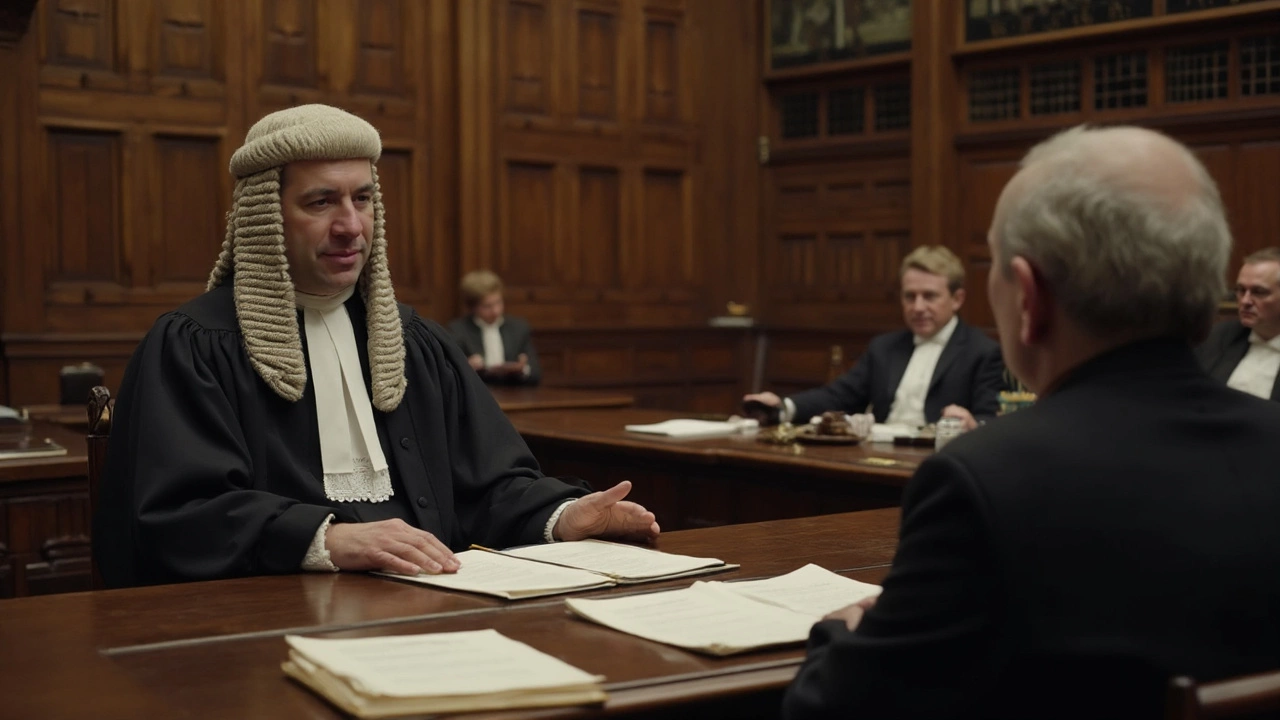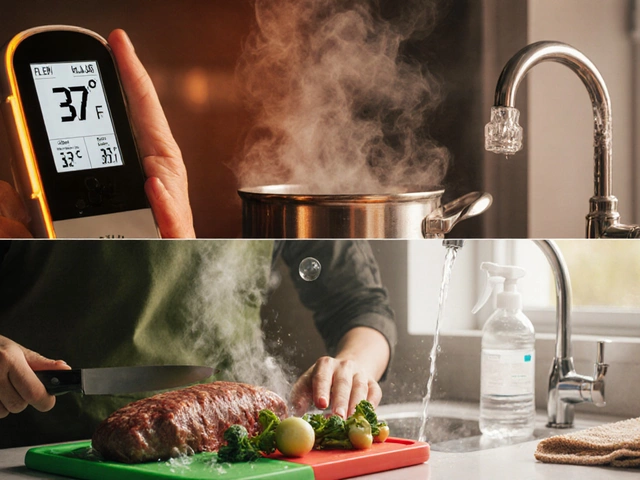Federal Rules of Evidence: What They Are and How They Shape Court Cases
When you hear about a high-profile trial, what you see on TV is only part of the story. Behind every witness, every document, every piece of physical evidence is a set of strict guidelines called the federal rules of evidence, a standardized set of legal guidelines that determine what information can be presented in U.S. federal courts. Also known as FRE, these rules exist to keep trials fair, prevent junk science and hearsay from swaying juries, and ensure only reliable, relevant material is considered. They’re not suggestions—they’re binding law. If evidence doesn’t pass the test under these rules, it’s thrown out, no matter how emotional or shocking it might be.
These rules connect directly to other legal concepts you might hear about. For example, admissible evidence, any information legally allowed to be shown in court must be both relevant and not overly prejudicial. That’s why a defendant’s past criminal record usually can’t be brought up unless it directly relates to the current case. Then there’s hearsay, an out-of-court statement offered to prove the truth of what was said—it’s generally not allowed unless it fits one of the many exceptions, like a dying declaration or a business record made at the time of the event. And let’s not forget chain of custody, the documented trail showing how physical evidence was handled from collection to courtroom. If that chain is broken, even DNA or a murder weapon might be ruled inadmissible.
The federal rules of evidence aren’t about making trials dramatic—they’re about making them accurate. They protect people from being convicted on rumors, emotional outbursts, or sloppy investigations. They force prosecutors and defense attorneys to build cases on solid ground: documented facts, expert testimony that meets scientific standards, and testimony from people who actually saw or experienced what they’re describing. These rules are why a police officer can’t just say, "I heard he did it," but can testify about what they personally observed. They’re why a text message might be admitted as evidence, but only if it’s properly authenticated.
What you’ll find in the articles below isn’t a legal textbook. It’s real-world insight into how rules like these shape everyday life—from how people prepare for court, to how journalists report on trials, to how everyday citizens understand what’s fair in a legal system. You’ll see how these rules affect everything from criminal cases to civil disputes, and why knowing them helps you make sense of news, court dramas, and even your own rights if you ever find yourself involved in a legal matter. This isn’t just about law students and lawyers. It’s about anyone who wants to understand how truth gets sorted out in court.
Rule 406 Explained: Everything You Need to Know About Evidence of Habit or Routine Practice
Categories
RECENT POSTS
Can You Use Your US Cell Phone in London? Guide to Connecting Seamlessly Abroad
Curious if your US phone works in London? Learn about roaming, SIM cards, phone compatibility, and data tips to avoid headaches and huge bills abroad.
4 Essential Food Preparation Controls for Safe Meal Prep
Discover the four key food preparation controls-temperature, cross‑contamination, personal hygiene, and cleaning-to keep meals safe and tasty.
Is Goodwill Actually Sustainable? A Deep Dive into Thrift Store Impact
Explore Goodwill's real impact on sustainability, carbon savings, waste diversion, and social benefits. Find data, myths, and tips for greener thrift shopping.
Is Target Fast Fashion? Honest Look at Their Clothing & Ethics
Does Target count as fast fashion? Dive deep into their clothing lines, sustainability efforts, and what really goes into those $10 tees everyone loves.
How Long Does It Realistically Take to Get in Shape at Home
Realistic timeline for getting in shape at home with basic equipment - no gym needed. See how long it takes to build strength, lose fat, and feel confident with consistent workouts.





